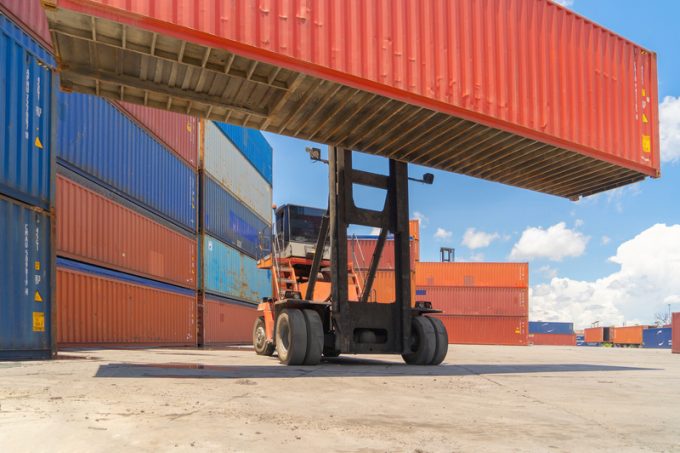Seko Logistics & CustomsCity launch DutyPay, the 'next-gen customs compliance and clearance platform'
PRESS RELEASE SEKO Logistics with CustomsCity Launches DutyPay, Next-Generation Customs Compliance and Clearance Platform May 21, 2025 ...

Hopes that the Chinese New Year would give container lines breathing space to reposition the vast numbers of empty container appear to be short-lived.
Shippers and forwarders trying to find equipment for shipments out of China had hoped the two-week holiday would allow time to build ...

Comment on this article